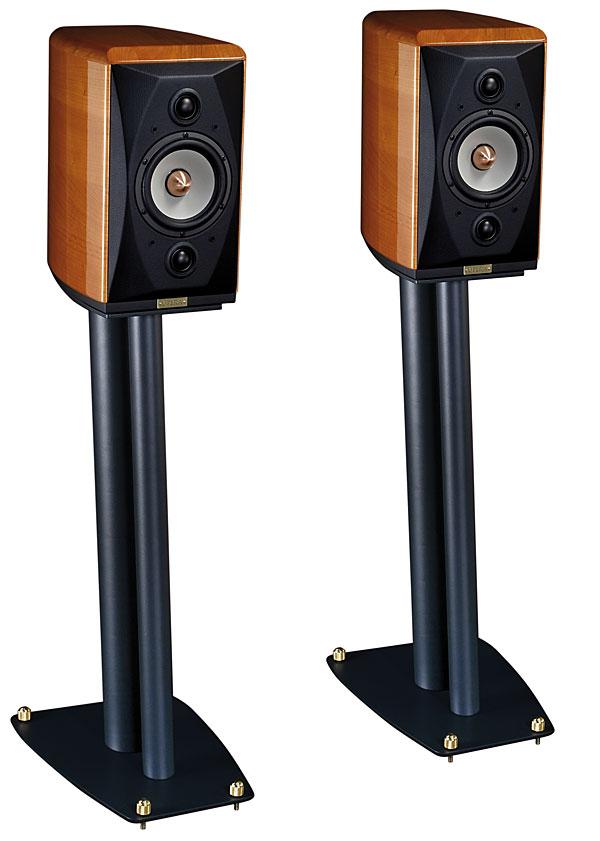| Columns Retired Columns & Blogs |
The review doesn't mention any significant shortcomings, other than than a "soft-focus" and "Technicolor" tonal quality. So why not Class A ? In particular, what are the reasons for giving a "Class A" badge to the KEF LS50 and not this one ? I mention the LS50 only because it is significantly cheaper.

 First, this is just a great system, ready for you to pack up and take home—a true get-off-the-audio-merry-go-round system. Colleen Cardas was right: the S6 and Callas are hugely synergistic.
First, this is just a great system, ready for you to pack up and take home—a true get-off-the-audio-merry-go-round system. Colleen Cardas was right: the S6 and Callas are hugely synergistic.






































